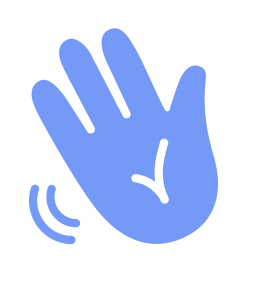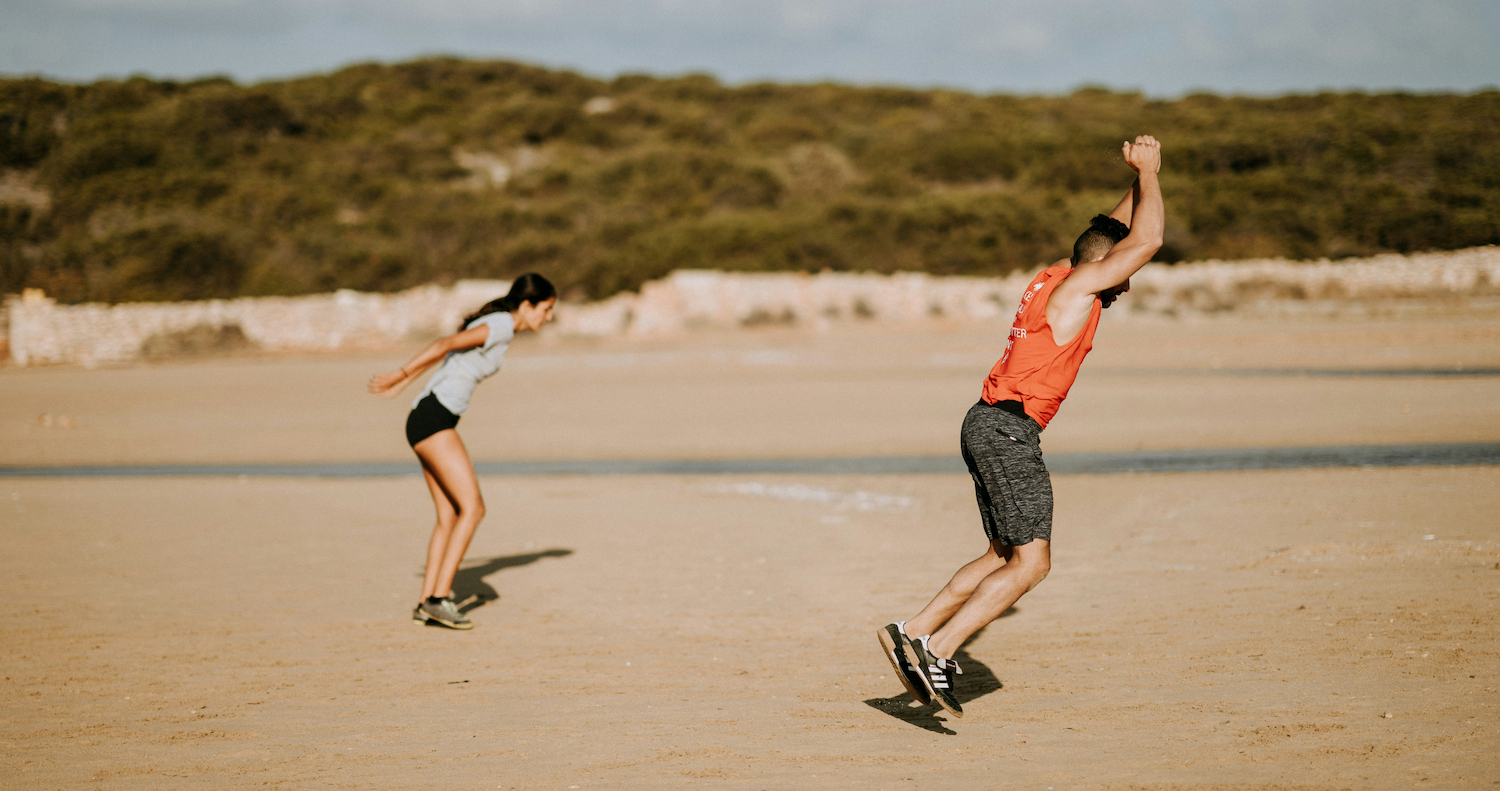Halotherapy, or salt therapy, has gained popularity in recent years as a complementary therapy for various respiratory and skin conditions. The evidence supporting its effectiveness is still limited, and more studies are needed to establish its efficacy definitively, however, the existing trials show great results. Today we will try to explore the proven benefits of this unique treatment.
Benefits of doing halotherapy

1Halotherapy effectively decreases chronic obstructive lung disease symptoms
Controlled halotherapy demonstrated significant efficacy in patients with occupational chronic obstructive lung disease (COLD).
In 2016, in a clinical trial involving 73 patients aged 45 to 64 with mild and moderate stages of COLD, those who received controlled halotherapy alongside conventional medical treatment experienced substantial improvements. Specifically, 40% of patients with mild COLD and 30% with moderate COLD showed considerable improvement, resulting in an overall efficiency of 90% and 85%, respectively.
In patients with both the mild stage of COPD and the moderate stage of COPD, after five procedures of controlled halotherapy, a pronounced regression of clinical symptoms was observed, which was 1.7 times higher than the positive dynamics in the control group, especially in such important symptoms as cough, sputum production, expiratory shortness of breath and distant wheezing. Only 10-15% of patients had mild symptoms of the disease, while with drug therapy in another 28-30% of cases there were varying degrees of severity of symptoms.

By the end of the course, the regression of clinical symptoms in patients of the main group was 2.1 times higher than the results obtained in the control group.
These findings highlight controlled halotherapy as an effective approach for rehabilitation and prevention in individuals with occupational COLD, as evaluated through comprehensive clinical, functional, and laboratory assessments.
2Halotherapy helps fighting bronchitis by reducing free radical oxidation
In a clinical trial, researchers used special tests to see how the blood of people with chronic bronchitis causes damage. Among 49 patients with long-lasting chronic bronchitis, their blood cells didn’t work well, and their body fats were more damaged. However, the introduction of halotherapy into the combined treatment regimen for these patients facilitated the correction of these issues and led to an improvement in the course of chronic bronchitis.
3Halotherapy might help children with asthma feel better
In 2017 study, researchers looked into whether halotherapy could help kids with mild asthma feel better. They checked how it affected their breathing, measured by bronchial hyper-responsiveness (BHR), and the levels of a gas called fractional exhaled nitric oxide (FeNO). They also looked at how it influenced their overall quality of life.
The researchers did the study with kids aged 5 to 13 who had mild asthma but weren’t taking any anti-inflammatory medicine. Some kids went to a active halotherapy room that uses halogenerator to spread the salt particles (the treatment group), while others went to a regular salt room without the machine (the control group). This lasted for 7 weeks with 14 sessions in total. The researchers kept track of the kids’ BHR, FeNO levels, their breathing test results, and asked them questions about how they felt.
There were 29 kids in the treatment group and 26 in the control group. The results showed that the kids in the treatment group had less trouble with their breathing compared to the control group. However, their breathing test results and FeNO levels didn’t change much after the treatment. Still, the kids in the treatment group said they felt better in many aspects of their life, based on the questionnaires they filled out. This small study suggests that halotherapy might help kids with mild asthma feel better, but more research with larger groups of kids is needed to be sure.
4Halotherapy can help with problematic tonsils
Adenotonsillar hypertrophy (ATH) is a common issue that can cause problems with breathing, ears, sinuses, swallowing, voice, and sleep. Treatments for ATH include procedures like cleaning the nose with special sprays containing antibiotics or corticosteroids, taking pills with corticosteroids or other medicines, using heat therapy, or even having surgery to remove the adenoids and tonsils.
The 2013 study aimed to see if Aerosal halotherapy could help with ATH and related problems compared to a placebo treatment. They enrolled 45 patients with ATH and split them into two groups: one got Aerosal halotherapy, and the other got the placebo for 10 sessions.

The main thing they looked for was whether there was at least a 25% decrease in the size of the adenoids and/or tonsils after the treatment. They found that 44.4% of the patients who had Aerosal halotherapy had this reduction, compared to 22.2% of those who had the placebo treatment. While this difference wasn’t big enough to be statistically significant, they did find some other positive results. For example, those who had Aerosal halotherapy had less hearing loss after the treatment compared to those who had the placebo treatment, and their ear pressure improved more over time.
Nobody had any bad side effects from the treatment, and most of the kids actually enjoyed it, seeing it more as playtime than therapy. This suggests that Aerosal halotherapy might be helpful alongside other treatments for ATH and related issues, but more research is needed to be sure.
5Halotherapy can improve skin health in people with psoriasis
The goal of the 2013 study was to check if adding special screens made from a mineral called sylvinite to hospital rooms could make them cleaner and more comfortable for patients. They wanted to see if this would help patients with a skin condition called psoriasis feel better compared to those in regular hospital rooms. They studied 80 patients with psoriasis, some in rooms with the screens and some without.
The screens helped make the rooms feel nice and kept the air clean, but they also slightly increased the amount of radiation in the room. This led to more tiny particles in the air that are good for health. The study found that 65% of patients with psoriasis who stayed in rooms with the special screens saw their condition improve a lot, compared to only 20% of those in regular rooms. This suggests that using these screens alongside traditional treatments could really help people with psoriasis feel better.
Hungry for knowledge? Here is more!

Watch this interesting video from our trusted source of knowledge – Dr. Eric Berg on salt’s help in fighting lung stress. Watch it if you want to learn more on how to protect yourself from respiratory diseases and keep your lungs and nose clean.
Let’s sum up

Halotherapy, or salt therapy, has shown promising benefits for various health conditions. It significantly reduces symptoms of chronic obstructive lung disease (COLD) by improving cough, sputum production, and breathing difficulties. Additionally, it combats chronic bronchitis by reducing free radical oxidation, leading to improved blood cell function and reduced damage to body fats. Moreover, halotherapy has been observed to alleviate asthma symptoms in children, resulting in better breathing and overall quality of life. Overall, halotherapy offers potential relief for respiratory issues and presents itself as a complementary treatment option for improved well-being.
Receive Exclusive Tips & Weekly Digest – subscribe to our newsletter




